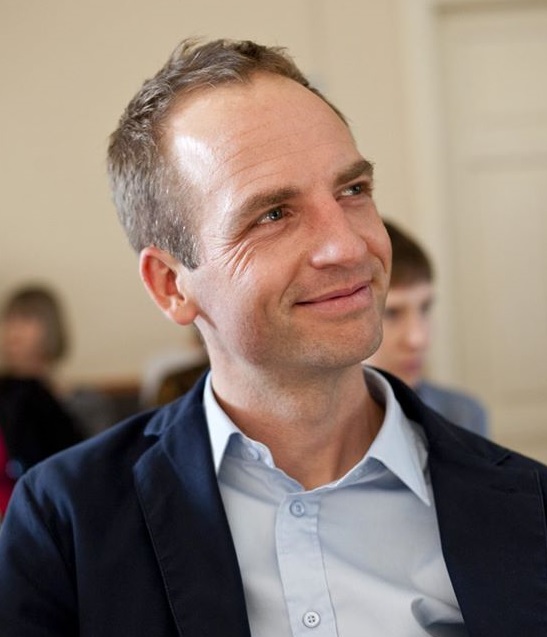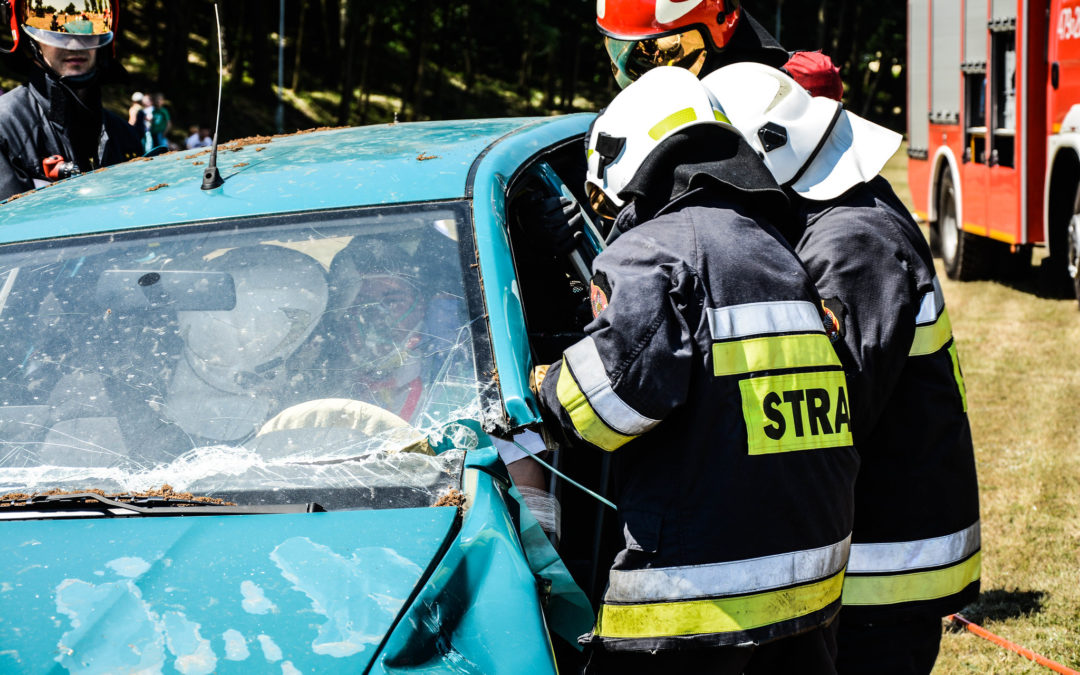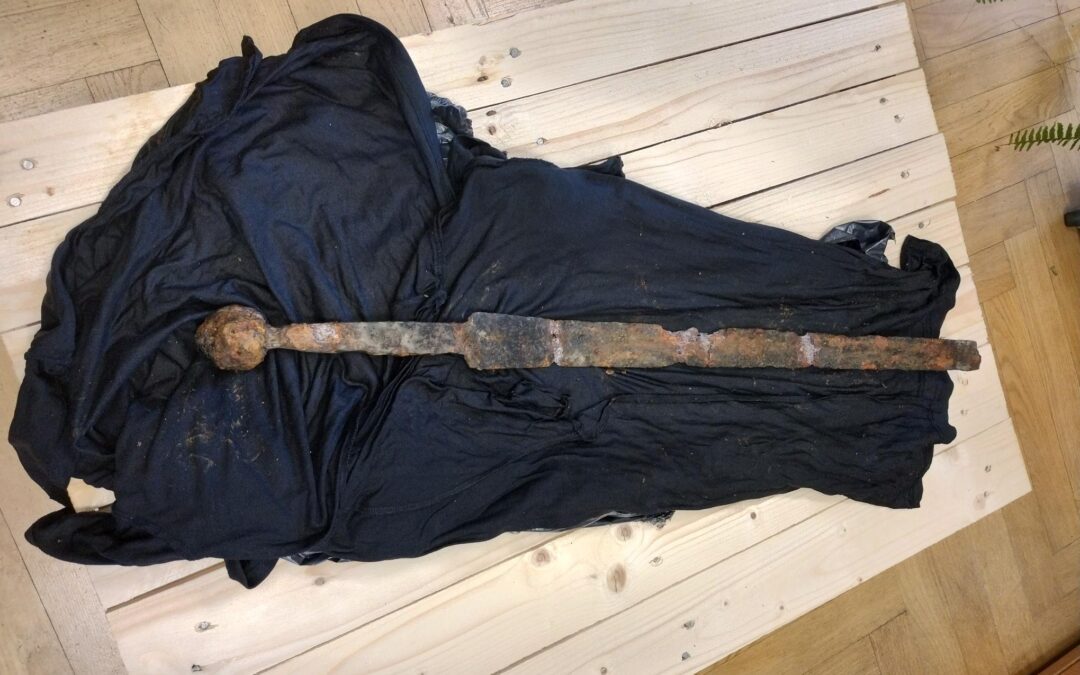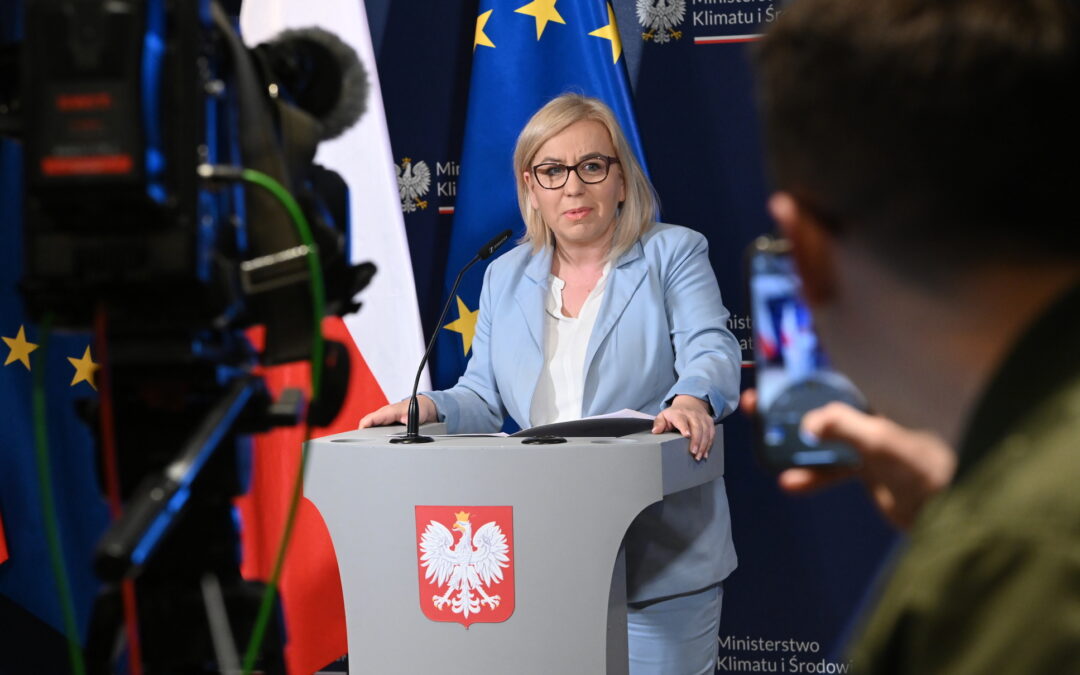Prime Minister Mateusz Morawiecki has announced three changes to Poland’s traffic laws as part of a bid to improve the country’s road safety.
“Unfortunately, we are at the very tail end of the EU in terms of road safety,” the prime minister admitted, as reported by Gazeta Wyborcza. “In recent years an average of 3,000 people have died on the roads, which is one of the highest rates in Europe.”
According to the latest Eurostat data, Poland has the fifth-highest rate of road fatalities in proportion to the population among all EU member states, behind only Romania, Bulgaria, Latvia and Croatia. In terms of pedestrian fatalities, Poland has the third-highest rate.
“Somehow when we cross the border [into other countries] and know that the fines are much higher, we take our foot off the gas,” said Morawiecki, quoted by Gazeta Wyborcza. “We should do that in Poland too.”
This newly announced plans do not include increased fines, but they will introduce three changes that the prime minister says will help “significantly reduce mortality on the roads and make safe journeys more possible”:
- Pedestrians will have priority at zebra crossings (currently cars are only required to stop if a pedestrian is already crossing)
- The speed limit will be reduced to 50 km/h in built-up areas at all times (at present it is 60 km/h between 11 pm and 5 am)
- Drivers may lose their licences for exceeding the speed limit by more than 50 km/h outside built-up areas.
The first of the changes is perhaps the most controversial, and surprising to many outside observers. Unlike in most European countries, drivers in Poland are not required to give way to pedestrians waiting at crossings, but only those who have already stepped onto the stripes.
The number of accidents at crossings has been increasing, from around 3,300 in 2010 to just under 4,000 in 2018. This resulted in 285 deaths at crossings last year, up from 259 in 2017.
A proposal to change this aspect of the law earlier this year was controversially scrapped, because the interior ministry feared that many Polish drivers would simply ignore it, thereby leading to even more accidents.
However, since winning re-election in October, Morawiecki has pledged that improving road safety would be a priority for his government in the new term.
Earlier this month, two additional amendments to traffic laws were introduced. The first made the “zipper method” of merging road lanes, thought to reduce congestion as well as to improve safety by slowing traffic, mandatory by law.
The second implemented the so-called “emergency corridor” system, whereby drivers in traffic jams on multi-lane roads are obliged to clear a passageway for emergency vehicles. Poland became the eighth European country to employ the system, which reduces response times significantly and increases survival rates by 40%.
Main image credit: Daniel Fabrykiewicz/Flickr (under CC BY-NC 2.0)

Ben Koschalka is a translator and senior editor at Notes from Poland. Originally from Britain, he has lived in Kraków since 2005.




















